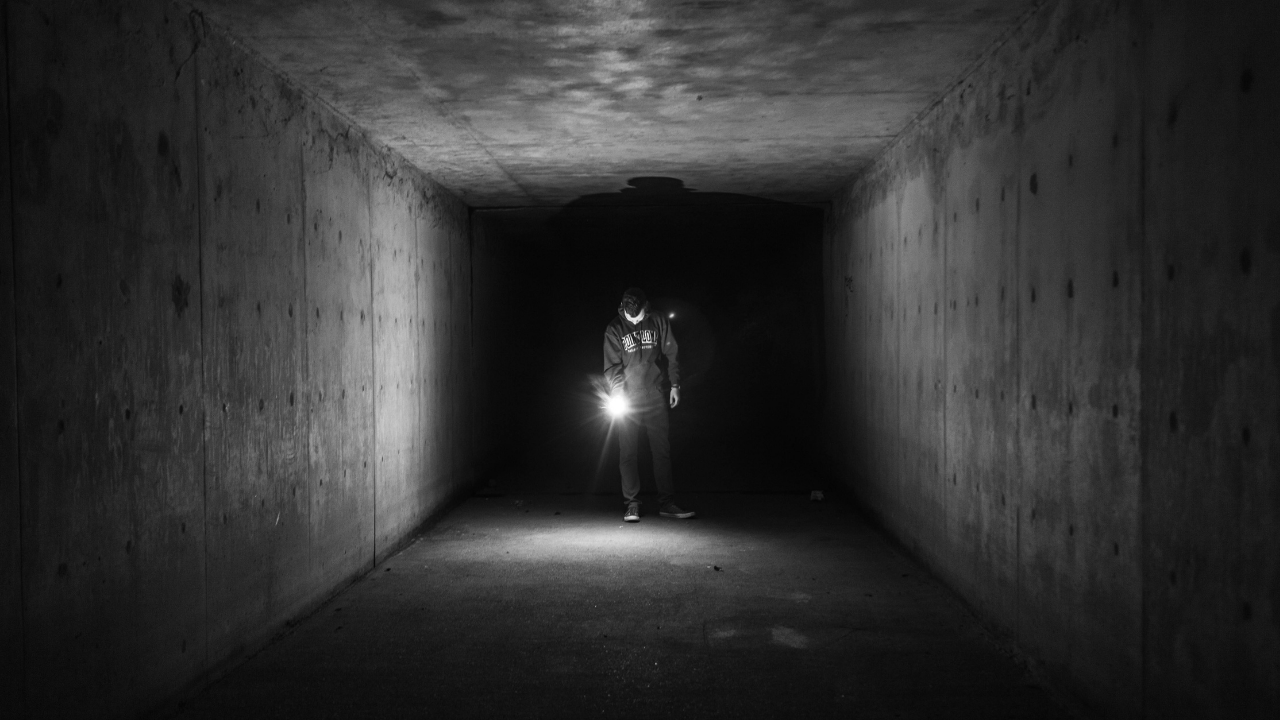Analyzing Alibis: How to Spot Truths, Lies, and Half-Truths in Mystery Games

In any murder mystery game, alibis are one of the most important pieces of the puzzle. An alibi can confirm a character’s innocence—or reveal cracks in their story that expose them as the culprit. As a player, knowing how to analyze alibis is key to understanding what’s true, what’s false, and what might be a mix of both.
This guide will walk you through the steps to scrutinize alibis and identify when a suspect is telling the truth, bending it, or hiding something altogether.
1. Listen Carefully to Details
In any alibi, the details are where the truth—or the lies—are hidden. Often, suspects who tell the truth provide specific, clear information, while those who fabricate stories may keep things vague. By focusing closely on these details, you’ll start to see if their account holds up under scrutiny.
- Why It Matters: Truthful alibis often have specific details, like exact times or locations, whereas vague statements can signal deception. By paying close attention to the details—or lack thereof—you can identify inconsistencies that might point to a lie or half-truth.
- How to Do It: Take notes on the alibi’s specifics, like the time, place, or people involved. Later, cross-check these details with other clues and statements to see if everything aligns or if there’s a conflict that could suggest deception.
2. Ask Probing Questions
Simple questions can sometimes lead to simple answers, but probing questions can reveal a lot more. Asking suspects to expand on their alibis encourages them to go deeper, helping you detect any hesitation, gaps, or uncertainty that might suggest they’re hiding something.
- Why It Matters: People with solid alibis can usually answer follow-up questions without hesitation. However, someone trying to hide the truth may stumble or provide vague responses when asked for more specifics.
- How to Do It: Use open-ended questions to encourage suspects to explain their story in detail. Ask about who else was present, what they were doing at specific times, and why they were in certain places. If their story changes or they can’t answer certain questions, they may be hiding something.
3. Look for Consistency
A fabricated alibi is often hard to keep straight. When suspects repeat their story, inconsistencies can reveal themselves, exposing a lie. Consistent details build credibility, while even minor changes in their story can be a clue that something is amiss.
- Why It Matters: Lies are difficult to maintain over time, and inconsistencies often creep in. A truthful alibi will remain consistent when questioned repeatedly, while a fabricated one is more likely to shift or have minor discrepancies.
- How to Do It: If you get the chance, ask the suspect to repeat their alibi or discuss it later in the game. Pay attention to any new information that wasn’t mentioned earlier, as well as any minor details that seem out of place. Even a small inconsistency can reveal a hidden lie.
4. Observe Body Language and Tone
Actions speak louder than words, and body language can often reveal what a suspect’s words are trying to hide. Nervous gestures, unusual tone shifts, or fidgeting may indicate discomfort with lying, helping you spot when someone’s alibi might not be as strong as it seems.
- Why It Matters: Nonverbal cues—such as nervous gestures, hesitations, or shifts in tone—often give away when someone is lying. Someone telling the truth is likely to feel more relaxed, whereas a liar may exhibit signs of stress.
- How to Do It: Watch for nervous behaviors like fidgeting, avoiding eye contact, or hesitating before answering questions. Tone changes, like an overly defensive or overly calm response, can also indicate a struggle to maintain a lie.
5. Check for Corroboration
A suspect’s story gains credibility when others or evidence back it up. Without corroboration, an alibi can be weak or even completely fabricated. By cross-referencing alibis with other players or evidence, you can more confidently determine if it’s reliable or questionable.
- Why It Matters: Alibis supported by multiple sources or characters are harder to dismiss, as they add credibility. If other players or evidence can confirm a suspect’s story, it’s likely truthful. However, if no one can corroborate their account, you might be dealing with a false alibi.
- How to Do It: Cross-check the suspect’s alibi with other players or physical evidence from the game. Ask others where they were at the time of the crime or if they saw anything related to the suspect’s story. Lack of corroboration could reveal a fabricated alibi.
6. Identify Half-Truths and Omissions
Not every alibi is an outright lie; sometimes suspects withhold just enough to avoid suspicion. Spotting these half-truths and omissions is crucial. Missing details often hide important clues, and filling in these blanks can bring you closer to understanding the truth.
- Why It Matters: Sometimes a suspect won’t lie outright but will tell a half-truth, leaving out crucial details to avoid suspicion. Spotting these omissions can help you uncover the truth hidden behind an otherwise plausible story.
- How to Do It: Listen carefully for what isn’t said. If the alibi seems to avoid certain subjects, like their location during a critical time or a person they were with, follow up on these gaps. Uncovering these omissions can bring you closer to the truth.
7. Analyze Motive and Opportunity
Motive and opportunity are foundational to uncovering the truth in any mystery. Understanding why a suspect might lie about their whereabouts or their relationship with the victim can reveal what they have to gain—and why they might want to cover up their actions.
- Why It Matters: Understanding the suspect’s motive or opportunity to commit the crime can reveal why they might lie about their alibi. If they had a clear reason to be near the crime scene or a personal vendetta against the victim, their alibi may be an attempt to hide involvement.
- How to Do It: Consider the suspect’s relationship with the victim, personal motives, or potential rewards from the crime. If their alibi seems conveniently crafted to remove them from the scene, it could indicate an attempt to cover up their role in the mystery.
8. Use Other Clues to Challenge Alibis
Clues provide a direct way to test the validity of an alibi. Physical evidence, witness statements, or other clues can either support or contradict a suspect’s story. Using these clues to confront a suspect’s alibi can reveal holes in their account and strengthen your case.
- Why It Matters: A clue that contradicts a suspect’s alibi can immediately weaken their credibility. Physical evidence, witness accounts, or other game clues can be valuable tools for testing the truthfulness of a suspect’s claims.
- How to Do It: Compare the suspect’s alibi against any evidence you find. For example, if someone claims they weren’t at the crime scene but a piece of evidence (like a personal item) places them there, you have grounds to question their story further.
Final Thoughts
In murder mystery games, the truth is often buried beneath layers of deception. By analyzing alibis and using these strategies to spot truths, lies, and half-truths, you can improve your skills as a detective and bring yourself closer to solving the case. As you learn to analyze details, ask probing questions, and cross-check information, you’ll gain a deeper understanding of the characters—and the story—behind the mystery. Happy sleuthing!






